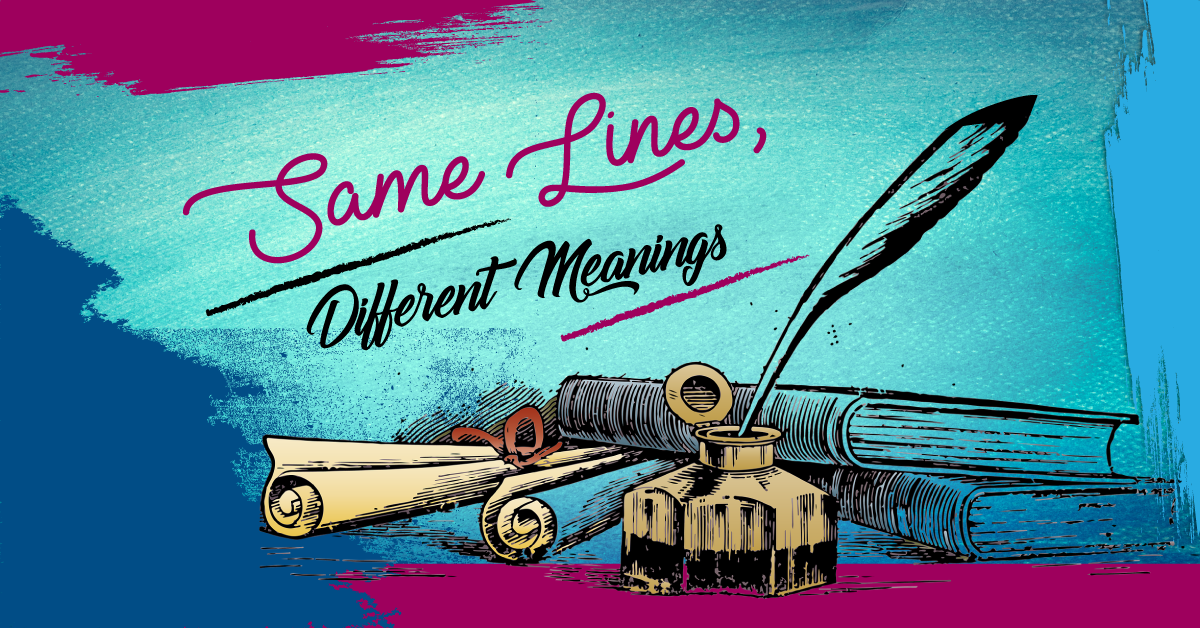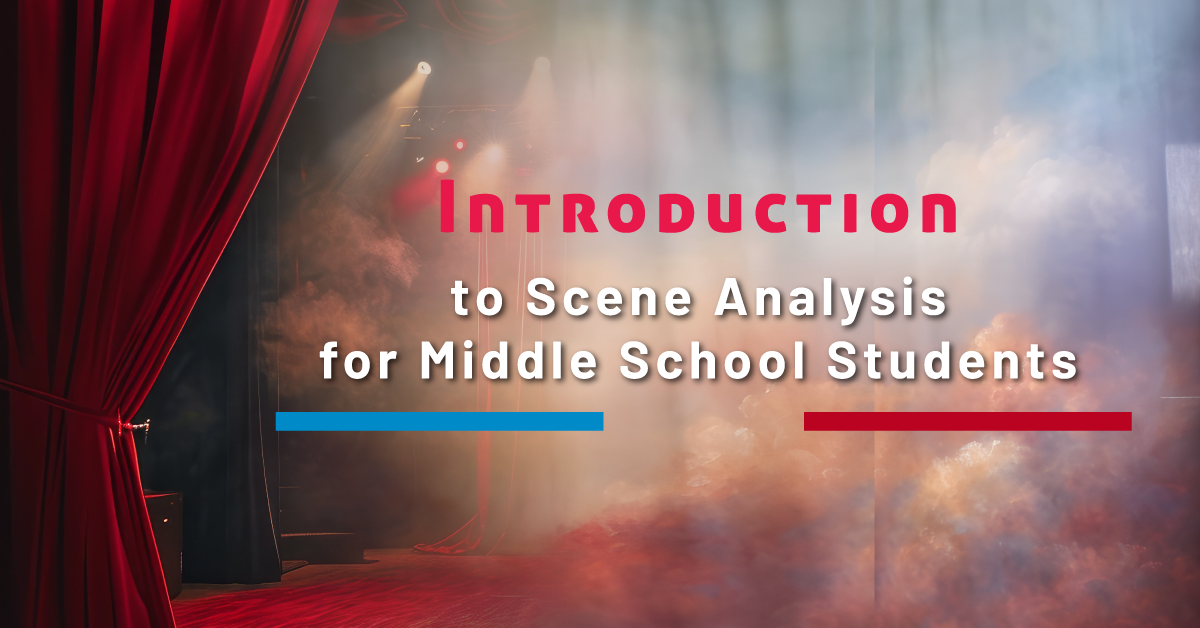Introduction to Tableau for Middle Schoolers
Tableau is a fantastic introductory theatre topic for middle schoolers. The word “tableau” comes from the phrase tableau vivant, or “living picture.” In tableau, students use their bodies and imaginations to create visual storytelling moments. The big difference between tableau and miming is that mimes can move, while tableau scenes must remain still. Students create frozen pictures (or “freeze frames”) to tell a story visually, without movement or sound. That being said, blinking and breathing are always allowed in tableau, even while students are holding frozen poses. This may seem obvious, but inevitably at least one student in every class will ask.
Tableau scenes are generally performed with two or more students, and there are many additional ways of making a tableau scene exciting and engaging. One key to creating a successful tableau scene is focusing on details, such as facial expressions, body posture, positioning of the fingers and hands, and direction of eye gaze or actor sightlines. Audiences will naturally look at what the actors onstage are looking at, so students should use that to their advantage. As well, using a variety of physical levels (low, medium, high) is a great way to create an interesting tableau scene.
One of the challenges of tableau is staying still and not wiggling, fidgeting, or looking around to see what other groups are doing. The more students can stay focused and trust in their stillness, the more successful they will be in portraying their story. It also helps for them to choose frozen poses that they can safely and accurately maintain; for example, students might want to avoid poses that require them to stand on tiptoe or on one leg for long periods of time. As well, students must work to clearly portray the relationships between their characters while staying frozen. Planning ahead with the members of the group and really “committing to the bit” (taking a risk and not worrying about what you look like) can help a lot with this task. Even though the poses are frozen, students also need to keep the energy flowing as best they can throughout the scene. Again, making eye contact with their group members, choosing strong and active poses, and using lots of different facial expressions really helps the scene to feel alive, despite being still.
One way to practice tableau is by recreating an existing photograph in frozen picture format. Students can either copy the photograph as best they can themselves, or have one student act as director and help guide the rest of the group into place. Once students feel more comfortable with the process of creating a frozen picture, have them try creating their own tableau stories. Give them a topic (such as making dinner, going to the beach, or learning to drive) and have them create three tableau scenes: a clear beginning, middle, and end. For example, if the topic is making dinner, students might create scenes of chopping the vegetables (beginning), setting the table (middle), and sitting down to eat the meal (end). For learning to drive, students might create scenes of a student sitting in the car in park (beginning), freaking out after narrowly missing a parked car (middle), and high-fiving the driving instructor at the end of the driving lesson (end). Have students hold a beginning tableau scene for a minimum of five seconds, slowly move to the middle pose, hold the middle pose for five seconds, slowly move to the final pose, and hold that one for an additional five seconds. At the conclusion of the ending scene, have students say “scene” to close the performance.
To check your students’ comprehension of the information shared here, please have them complete the worksheet found in the giveaway below.



